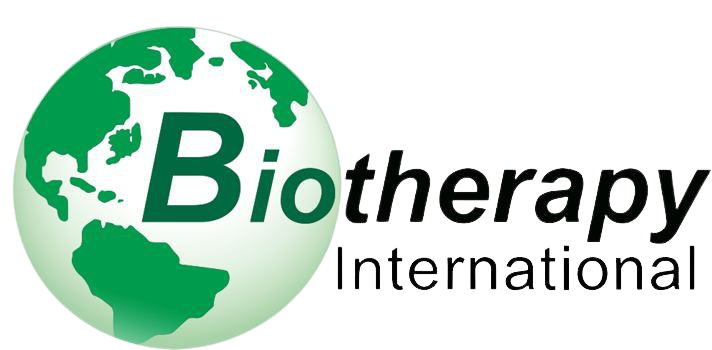The practice of conditioning refers to administering immunosuppressive agents or low-dose chemotherapeutic agent as part of anti-cancer immunotherapy procedures, before the activation of the patient’s immune system or the administration of activated donor lymphocytes. However, it should be noted that chemotherapy can induce both mild anti-cancer cytotoxicity, suppress some negative regulators of the immune system, and deplete a patient’s lymphocytes that are tolerant and non-reactive against patient’s cancer cells. At the same time, they may provide space or a “niche” for patient’s or donor’s newly derived lymphocytes.
In other words, conditioning prior to immunotherapy is designed to fulfil three requirements:
- To create room for the donated cells that are about to be infused
- To eliminate the patient’s non-responding lymphocytes
- To deplete any suppressive regulatory T-cells or other suppressor cells.
What is Homeostatic Proliferation?
The concept of homeostatic proliferation is the body’s natural tendency to keep a steady level of T-cells. In this way, if the level of the patient’s lymphocytes is reduced, it will induce rapid production of newly-generated T cells that may be educated to react against cancer and/or will provide infused donor lymphocytes with more space and an advantage. In turn, this will avoid the dilution of effective anti-cancer killer cells with ineffective, naive patients lymphocytes that also includes different types of suppressor cells.

